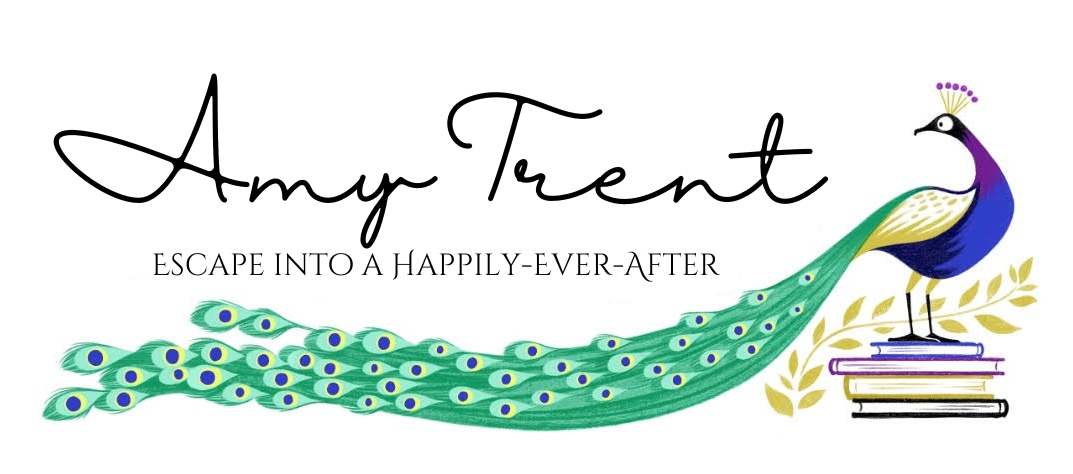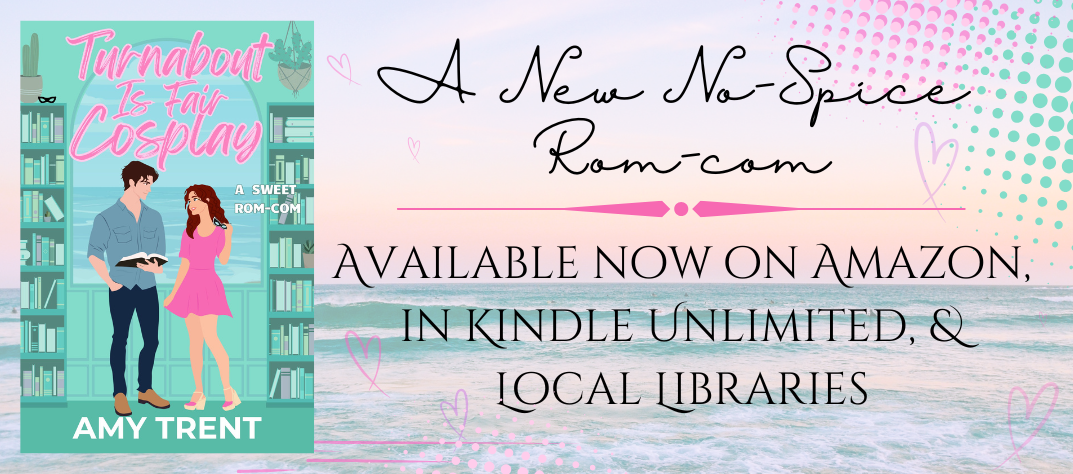Lissa Sloan is a fantasy writer and author of Glass and Feathers. I loved this book and loved how Lissa reimagined and continued the “Cinderella” fairy tale. I found myself highlighting passages, reflecting on themes, and making new connections to both Lissa’s novel and the fairy tale when I read Glass and Feather this spring. I reached out to madam author with some of my questions. Lissa asked if I’d be willing to participate in her blog tour, and here we are. I had so much fun getting to know Lissa in this Q&A. I hope you enjoy! Please note: I am currently hosting a giveaway on my newsletter. If you want to be entered for a chance to win a signed paperback copy of Glass and Feathers or a digital ebook, please consider subscribing.

Amy: Lissa, welcome! I have so many questions for you, so let’s get right to it. There is a line in your story, “Most people don’t like a story without an ending. Just not satisfying, they say. But I like them, myself. Unfinished stories are the most exciting.” _Glass and Feathers_ is a continuation of Cinderella; it picks up at the HEA. So I’m curious; do you feel like all happily-ever-afters are stories without endings? Or was there something special about Cinderella’s HEA?
Lissa: We are wired to need stories—and we want those stories to have endings. Stories without endings just aren’t satisfying. But that’s not the way it works in real life, is it? We can have the happily, but not the ever after. Because our lives are not static. Yes, we can achieve the true love, the children, the dream job, the whatever it is that we want (or maybe not). But things always change. Maybe we get fired, we lose loved ones, we go broke. So we must go into the woods again and again throughout our lives in search of healing or a new place or a new purpose. Only death brings the ever after.
Amy: _Glass and Feathers_ was originally published as a serial in _The Fairy Tale Magazine_. How did this influence your process?
Lissa: Kate Wolford (editor of The Fairy Tale Magazine) had agreed to work with me on my manuscript of Glass and Feathers as a Patreon reward that she was offering at the time. So when she offered to publish it as a serial, it was an already finished novel, and we were working together on what I hoped was a final round of rewrites. So the serialization didn’t affect my writing process much. Though we did work together to decide how to break up the sections in a way that would draw readers in and get them excited for the next installment two weeks later. But we didn’t want to be cruel about it. I remember there was one emotional event we discussed ending an installment on but decided we just couldn’t do it. We ended up making the section break right before it instead.
Amy: In the first part of your story, the heroine is struggling with glass slippers that do not fit. These passages brought to mind memories of how I could only wear flip-flops during the last trimesters of my pregnancies, as my feet had swollen greatly. Bodies change in natural, if irksome, ways throughout our lives. Why does our heroine feel so much shame at a relatively minor change?
Lissa: Yes! I well remember being down to the one pair of shoes I could still wear at the end of my pregnancy. Though, as it happens, a big inspiration for this book came when I was much younger, when my wedding shoes, bought nearly a year before the big day, were suddenly too tight. And as you say now and my doctor explained to me then, it’s normal. It happens. But my girl with the glass slippers is in a situation that requires perfection. She is very much in the public eye, with the expectations of the court that her looks, conversation, dancing, movement, voice, every action will be perfect. And her new in-laws (and the court mean girls) are far from supportive.

Amy: A beautiful and well earned transformation occurs in our heroine in the second part of the story. So much so that a character remarks, “Not such a lost little thing after all, are you?” Was it a challenge to write the first part of the story when our heroine was battling self loathing and was lost in her new life?
Lissa: For the most part, the first section wasn’t difficult to write as the self-sabotage and resulting poor choices my narrator made were really important for me personally to explore. In order to give my character the healing she needed, I had to delve into the damage she experienced in the first place. So it was an emotional experience writing part 1, but the entire book was that way.
I will say it was a challenge writing the specifics of the self-harm. There are various ways people hurt themselves. Some of them are physical, and some aren’t. It’s one thing to say the narrator’s actions are a metaphor for her self-loathing and her desperation to fit in, but they are also an intrinsic part of her story (as well as a comment on some Cinderella tales). But actually writing those scenes was really tricky because I wanted to acknowledge the seriousness of the situation without being gratuitously graphic.
Amy: Sparrow embellishes her wool cloak with feathers that she and her found family collect. Clothes in fairy tales are often symbolic and imbued with magic, and it was fun for me to reflect on what the transformation of the cloak symbolized for our heroine. Were you inspired by any magical garments in our outside of folklore?
Lissa: Absolutely! I am especially intrigued by garments as symbols of protection. For instance, I love the idea of the grandmother imbuing Little Red Riding Hood’s cloak with a special power to shield her granddaughter from harm. And the All Kinds of Fur tale has the heroine asking her father to provide her impossible garments as a condition of her agreeing to his horrifying proposal of marriage. While her requests don’t stump him the way she’d hoped, one of the garments she asked for functions as a disguise as she flees. And in some versions like Cap O Rushes, the banished princess actually creates her own disguise, which I especially love, because she is even more active in her transformation.
Amy: There are many themes integral to the tale of Cinderella. I really connected with _Glass and Feathers_ ‘s exploration of the importance, power, and necessity of matriarchs verses the isolation that modern women, particularly young, newly-wed women can experience. What themes did you enjoy exploring and highlighting from the original folklore?
Lissa: So many Cinderella tales really dig into women’s violence against other women with the stepmother and stepsisters abusing the heroine in an attempt to better their own situations in a patriarchal society. Cinderella’s mother is dead and can only provide limited support from the grave (if at all), and her father takes no interest in her. For the most part, she’s on her own. In a world like this, I felt this bullying would surely be worse at the palace, where the competition among the elite women of the court would be even more fierce. But fairy tales also feature wise women who provide shelter, advice, and gifts to the young protagonists when they are lost in the woods, so it was important to me to include both positive and negative examples of women’s relationships with one another.

Amy: Mother says to Sparrow, “No magic in the world can make true love. That takes bravery and honesty and hard work. You must see your love as they truly are. And let them see you in return. No pretending.” What wisdom would Mother have shared with Ash, if she had met him?
Lissa: I love this question! I think Mother would have encouraged Ash to find his own way and find out who he truly is, and trust the subject of his pursuit to do the same.
Amy: Mother’s past is unknown, though a possible past is hinted through a story she tells and her coat. Why was it important to leave the question of her past unanswered?
Lissa: I loved weaving other tales into the main plot of Glass and Feathers. I hope they are satisfying for the die-hard fairy tale fans to pick out but that they’ll enrich the story for every reader. Mother’s backstory is there to inspire Sparrow, but ultimately, I didn’t think it needed to be included. Glass and Feathers is Sparrow’s story, and hopefully Mother will get a book of her own one day so I can give her story the attention it deserves.
Amy: There are so many wonderful characters in _Glass and Feathers_ that I wondered if a sequel exploring any of their afters is in the works. What’s next for you and your writing?
Lissa: I’d definitely like to write more about these characters, including, as mentioned above, a before for Mother, and perhaps an after for Jack. But my next novel will likely not be set in the Glass and Feathers universe. I love tales that feature Death and the Devil as characters who walk among mortals, and I’ve long been planning a novel that will weave together some tales like this in an 18th century village on the coast of England. I’m so excited to get to writing it! But before I do, I am hard at work on a short story that features another classic fairy tale and some of the minor characters from Glass and Feathers. I hope to share it soon!
Amy: I group fairy tales and cookies together, as they are both strong sources of comfort that lead to connection. What are some of your other favorite fairy tales, and what is your favorite type of cookie?
Lissa: Oh, so many tales I love (and so many cookies)! Some of my favorite tales are All Kinds of Fur, The Handless Maiden, Bearskin, and pretty much any Search for the Lost Husband type of tale like Fenist the Bright Falcon. And if we’re talking about the best-known tales, my favorites are Little Red Riding Hood and Bluebeard.
Now: cookies! I have a terrible sweet tooth and love any kind of baked good I can have with a cup of tea. Our favorite cookies to make at my house are Snickerdoodles, Snow on the Mountaintops (chocolate rolled in powdered sugar), and Sugar Cookies with Almond Icing (this one is our Christmas go-to). I also have a soft spot for Oatmeal Chocolate Chip.
Amy: Where can readers find you?
Lissa: My website is lissasloan.com, and this is where folks can sign up for my newsletter for the latest news, giveaways, and a free copy of the poem that inspired Glass and Feathers. I’m also on Facebook, X (@LissaSloan), and Instagram (@lissa_sloan).
Amy: Lissa, this has been such a treat! Thanks for sitting down with me today!
Lissa: Thank you so much, Amy! It’s been such fun chatting!

Don’t forget to sign up for my newsletter, if you’d like to participate in the giveaway. Winners will be announced in my November 2024 newsletter.


